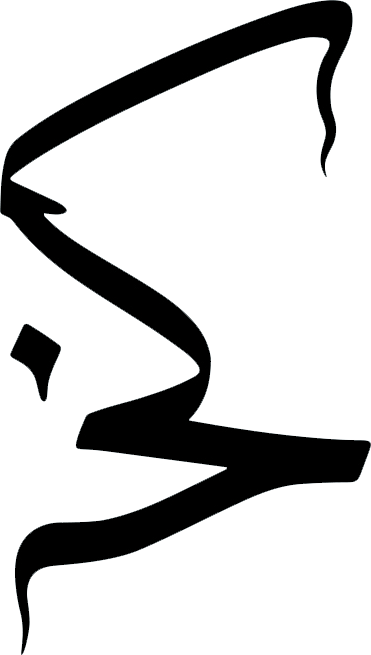Before We Were Banned: Interview with Tandis Shoushtary
Tandis Shoushtary. Photo by Jack Newton.
What does home mean to you?
Community.
Where are you a local?
I’ve been moving back and forth between three continents my entire life, so I’m unsure if I ever was awarded that title. I was born in Germany, moved to Dubai when I was six, then lived in San Francisco for six years. I’m currently based in New York.
Please describe the journey (emotional and/or physical) behind your work. As wars have intensified in our home countries and the immigration system tightens in the US, what/who was the source of strength in your creative process?
I’ve been trying to navigate the dissonance between western and nonwestern contexts encountered when the culture and language of familial roots are learned in a setting of migration. I have visited Iran just once in my life, but under the Trump administration, my Iranian identity became an all-encompassing identifier. Mother’s Tongue became a response to that—I wanted to be honest about the instances of misunderstanding and miscommunication that occurred when I visited my “home country.” And so, through 800 paintings, I meticulous attempted to reclaim, remember, and editorialize my specific connection to the Iranian passport.
Did BWWB allow you to voice your narrative authentically?
Definitely. I am an Iranian American artist, but I have never lived in Iran—it's my parents’ home country, not mine—and I try to make sure that is evident in my work. Kiana and Mahya were able to create this warm, authentic, welcoming environment in which each artist could speak to their specific experiences in the middle eastern diaspora without having to become a one-size-fits-all representative of the real geographic location.
How did the event go and how did it feel to show your work?
I wish it could have gone on forever. It was such a beautiful and emotional experience. I met so many wonderful people; people in whom I could see myself, my struggles, and my narrative reflected, and who could see the same in me.
What was the most meaningful comment you received or heard? And why?
Several people cried after watching my piece. I was definitely not prepared for that kind of reaction—I didn’t expect so many people to identify so deeply with my experiences.
Did this event change the way you think about your identity? If so, how so?
It definitely reminded me that I am not alone. It emphasized how important it is to surround yourself with community.
Being an artist from the BWWB regions in the US can feel inherently politicized. Does this dynamic apply in your ‘home nation’? Do you hope to show your art in your home country/country of origin, or can it only exist outside of that space?
My work is a product of existing outside of that space; it speaks to a very specific experience in which Iran becomes a intricate personal construction of a second-generation immigrant. It might not be very relevant to the Iranian art world, but who knows? I definitely would love to show my work in the Middle East.
How did your art fit in with the larger themes of the exhibition?
BWWB was a reclamation of the immigrant narrative; a space for immigrants, by immigrants. Honest, and authentic, without needing to partake in tropes or stereotypes. There was no agenda, no grand statement, no assumptions of authority over a whole continent. It was about quieter, individual narratives, and I think that’s also why it resonated with so many people: the personal became universal.
Art can be a vehicle to break down myths, like the “good immigrant myth.” What kind of discursive work does your art—on its own—aim to do?
My work emphasizes diasporic identity as a complicated personal construction. I try to be honest, and authentic, and accessible, in an attempt to foster a dialogue about the complexity of immigrant identity.
Tandis Shoushtary is a German-born BFA student at the Cooper Union, who learned the culture and language of her (Iranian) familial roots in the context of migration. Her work investigates the shaping of identity and its hybrid forms resulting from relocation.

